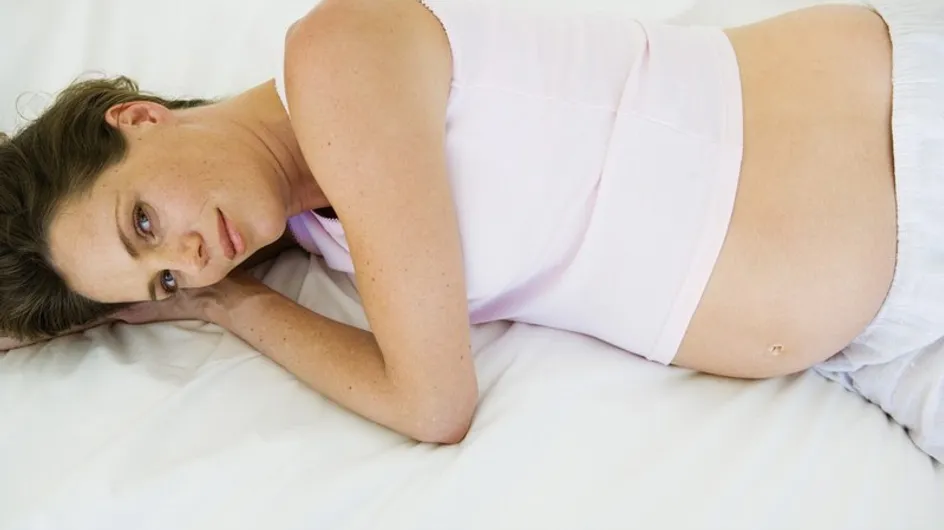What is an episiotomy?
During childbirth, an episiotomy is performed just before the baby is pushed out, when the head appears, in order to prevent tearing and to make delivery easier. It is a small incision made in the vaginal wall and the perineal muscles.
Why is an episiotomy sometimes required?
Episiotomies are carried out when your baby’s head is big or when the baby is suffering a lot, in order to quicken the delivery. They are also carried out when the baby is in a breech position, when forceps are used or when the mother’s perineum is short. If you have been given an epidural, you may be given a top-up anaesthetic. If you’re giving birth without an epidural, you will be given a local anaesthetic.
Is an episiotomy inevitable?
In the past, around 90% of women in the UK had an episiotomy during labour. This was because of the fear of tearing the perineum, damage to the muscles of the urinary and anal sphincters, and the risk of urinary or anal incontinence.
Nowadays, doctors believe that an episiotomy is unnecessary for most women, except if the baby is in distress or the mother is at risk of serious tearing. On the whole, it seems that small, spontaneous tears heal better, even without stitches.
The disadvantages of an episiotomy
The decision to perform an episiotomy should be carefully weighed up by the doctor or midwife because there can be complications. Blood loss through a mediolateral incision (when the cut starts exactly in the mid-line at the back of the vagina and then goes diagonally down and outward) is equivalent to the blood lost through a planned Caesarean. Healing is also more painful and takes longer than for ordinary tears, and it can cause long-term problems like urinary or anal incontinence.
Recovery
Healing causes pain for a week or so (every woman is different), and you’ll probably struggle to find a position that’s comfortable for sitting down. Try sitting on a rubber ring (this takes direct pressure off the affected area) and use a hairdryer on a low setting to dry your stitches after a shower or bath.
Sex after an episiotomy
You will need to wait a good month before having sex again. If you’re still in pain a month later, see your doctor who will examine and advise you. If you have sex too soon, you may suffer pain. It’s important to wait for the required length of time because pain during sex can hold back desire, reduce arousal and lubrication, and slow down the return to a normal, happy sex life.













